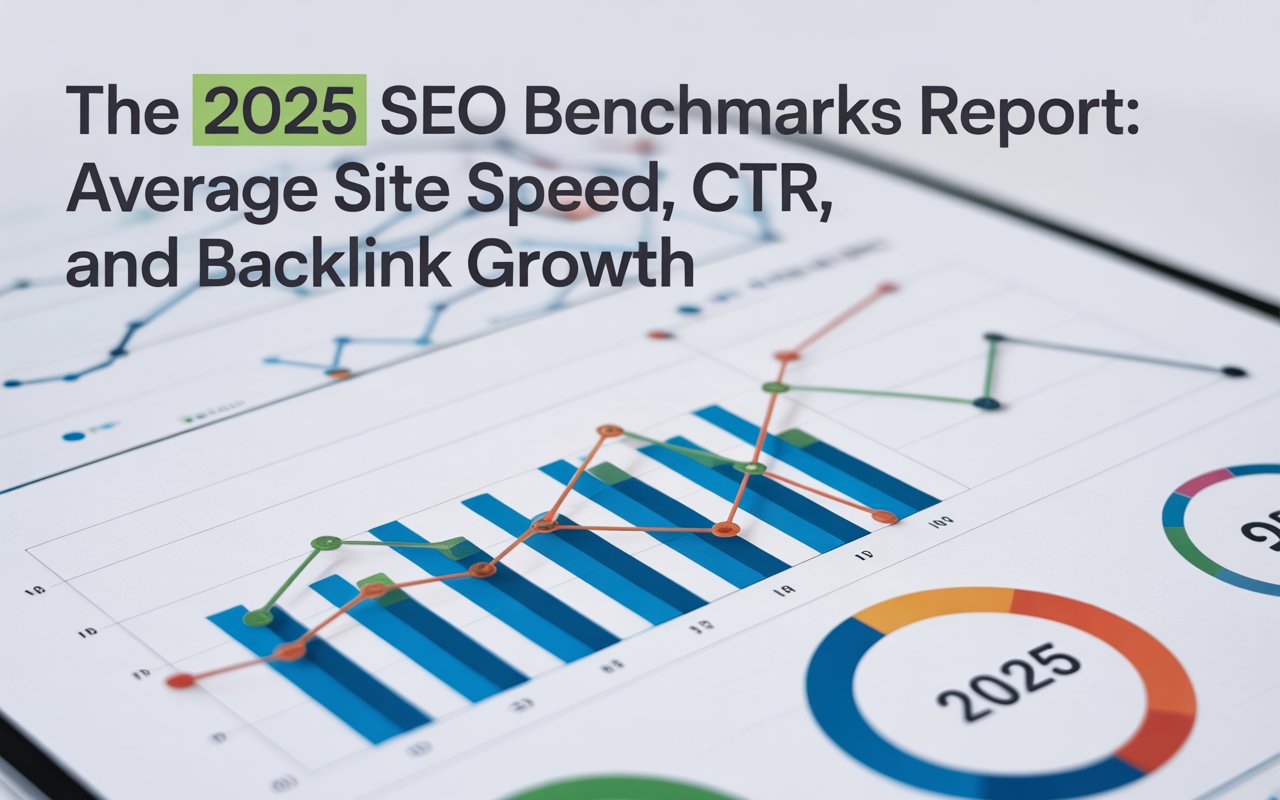![How to Name Images for SEO in 2024 [Checklist]](https://cdn.prod.website-files.com/63cbb5eef3a2aca7d2e45315/658ef9e21dd565b86862922a_how-to-name-images-for-seo.png)
However, the roles of images are not just limited to customer engagement. Images also provide another avenue for keyword optimization. You can't ignore this aspect as it attributes to direct visibility in the search results via Google Images.
To effectively utilize them as powerful SEO tools that can help drive traffic and engagement, it’s crucial to get familiar with how to name images for SEO.
SEO Image Naming Checklist
The efficiency of your image SEO efforts largely depends on how you name your images. The name you assign to your images plays a crucial role in image SEO and can significantly impact your organic traffic.
For instance, you use an image of an iPhone on your blog about “The Best Smartphones in 2024”. The chances are high that your image might pop up in Google Images search when someone searches for “iPhone”. That's the miracle of image SEO.
Below are some key guidelines that you can follow to ensure optimal SEO value from your image naming practices.
✅ Name Image Files Relevantly
We're starting with the basics here - the importance of relevant file names. This might seem quite straightforward, but you'd be surprised by the number of websites that upload images with odd, nonsensical naming conventions. This is not the best way to name images for SEO.
A good start would be to treat image file names as an opportunity to provide search engines with a valuable context. Instead of generic, irrelevant image file names like “IMG0001.jpg” or “DSC002.jpg”, you should utilize descriptive file names using target keywords when applicable.
Suppose you use an image of a “Cambridge University” in your blog about “Top universities around the world”. Instead of using vague naming conventions, you could name the image “Cambridge_University_Top_Universities.jpg”.
An important thing to note here is to separate the words using underscores or dashes, and lowercase letters. Search engines like Google read an underscore (_) as a space, so it doesn’t recognize individual words if you use something like “CambridgeUniversity”.

On the other hand, when words are separated with a dash or an underscore, each word is recognized individually: “Cambridge-University” or “Cambridge_University”.
✅ Avoid Keyword Stuffing
While it's valuable to utilize keywords when naming your images, be sure to avoid overdoing it. Too much of anything can backfire, and this also applies to the practice of keyword stuffing in image file names.
Keep in mind that search engines are smart enough to identify keyword stuffing and may penalize your site for over-optimization. The secret here is finding a balanced equilibrium.
Thus, ensure your image names are natural, logical, and descriptive. They should reflect what the image depicts and at the same time include the keyword (only if it makes sense).
An image file name overflowing with spammy keywords can do more harm than good in the long run.
📣To learn more about how to avoid keyword stuffing, read our blog post: Understanding How Many Keywords to Use Per Page for SEO
✅ Keep Image Names Short
Descriptive file names are advised, but that doesn't mean they have to be extremely lengthy. Try to be descriptive and concise at the same time. It’s vital to strike a balance.
Also, with shorter file names, you are less likely to come across as keyword stuffing. This keeps your SEO practices ethical and within the standards set by search engines.
A simple, yet powerful observation that'll benefit you is as follows – if you capture your image's essence in three to five words, you've got your perfect filename!
📣To find keyword ideas in seconds, use: SEOmator’s Free Keyword Research Tool
Bonus: Generate SEO-Friendly ALT Texts for Images
The ALT text, or alternative text, is an HTML attribute applied to image tags to provide a text alternative for search engines. Although ALT tags are not visible on your webpage, they are readable by search engines.
Since search engines can't “see” the images, they utilize the ALT text to understand the content of the image. This understanding helps them deliver more accurate search results and improves your website's visibility.
With the right ALT text, you can improve the chances of your images appearing in Google image search results. When users hover over your image on your webpage, it can provide them with the context of what image is about and how it contributes to your content.

The golden rule of creating ALT text is to ensure that it is meaningful and provides an accurate description of the image content. This is your chance to tell search engines exactly what your image is about.
For instance, if your image is of a woman practicing yoga in a park - the ALT text could be something like "a woman practicing yoga in park". This description clearly explains the image content.
Also keyword stuffing is a strict no-no for ALT text as well. Overdoing keywords might harm your SEO efforts. However, including a relevant keyword in your ALT text could amplify your image’s reach.
Let's say your targeted keyword is 'best yoga practices'. For the earlier mentioned image, the ALT text could be "woman practicing best yoga practices in park". Note the strategic use of keywords, without over-optimizing.
📣To learn more about ALT tags, read our blog post: What Are the Best Ways To Phrase Alt Tags for SEO Images?
Other Tips for SEO Image Optimization
While naming images for SEO is indeed crucial, there are also other important factors to consider for SEO image optimization.

The way you edit your images, knowing how to implement structured data for your images and using a well-structured URL can help your images rank higher in image search results.
Refining Image Dimensions: For full-width images, aim for dimensions around 2000 pixels wide. This makes sure that your images look great on most devices without slowing down the website. Smaller images used within text can generally be around 600-800 pixels wide.
Important images, like product or personal photos, should have even higher-resolution(PPI), so even when they're displayed in larger formats, they don’t lose their clarity and crispness.
Utilizing Structured Data: Structured data is a standardized format for providing information about a page and classifying the page content. If you're an e-commerce store owner, 'Product' structured data is a perfect way to enhance your product images.
Google Images supports structured data for products allowing to display more details about your products like price, availability, and review ratings.
Are you a food blogger or passionate cook sharing your recipes? Then “Recipe” structured data is your friend. It enables your recipe images to appear in a rich card result, which includes a high-resolution image and recipe details.
Writing a blog or news article? Implementing 'Article' structured data will allow your images to appear along with a headline, description, and publisher information.
Optimizing Image URLs: Your URL should ideally be concise, relevant, and should ideally include your target keyword. Besides being recognized by search engines, descriptive URLs are also easier for visitors to understand when shared.
For example, suppose you have a blog on "beautiful landscapes of Switzerland" and want to use an image showcasing the Swiss Alps. An optimal URL could look something like this: 'www.yourwebsite.com/blog/beautiful-landscapes-of-switzerland/swiss-alps-image'.
Conclusion
Images hold immense importance when it comes to SEO. There's more to an image than meets the eye, and maybe that's the reason why search engines are really interested in them.
One of the primary reasons images are so significant for SEO is that they serve as vital tools in engaging customers, and we all know that an engaged customer is more likely to take desired actions.
Images are crucial for user engagement and user experience. If named correctly, they can result in increased organic traffic and provide an extra avenue for keyword optimization.
Furthermore, since images surface in image search results, they are an important tool to enhance visibility. It's because search engines like Google use spiders to crawl and understand images, and their crawlability and indexability are massively influenced by your SEO efforts on images.
It's not just about understanding how to name images for SEO but also about implementing these understanding in practical scenarios.
So, give these practices a try and observe the positive outcomes for yourself!
📣 Related Articles:
- What Should Be the First Step of a Structured SEO Plan?





